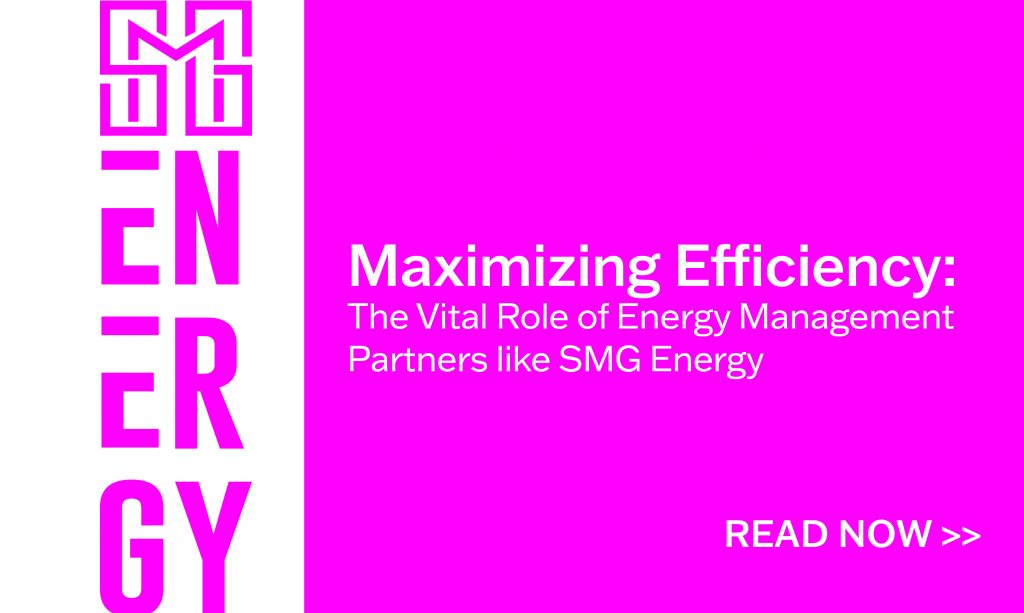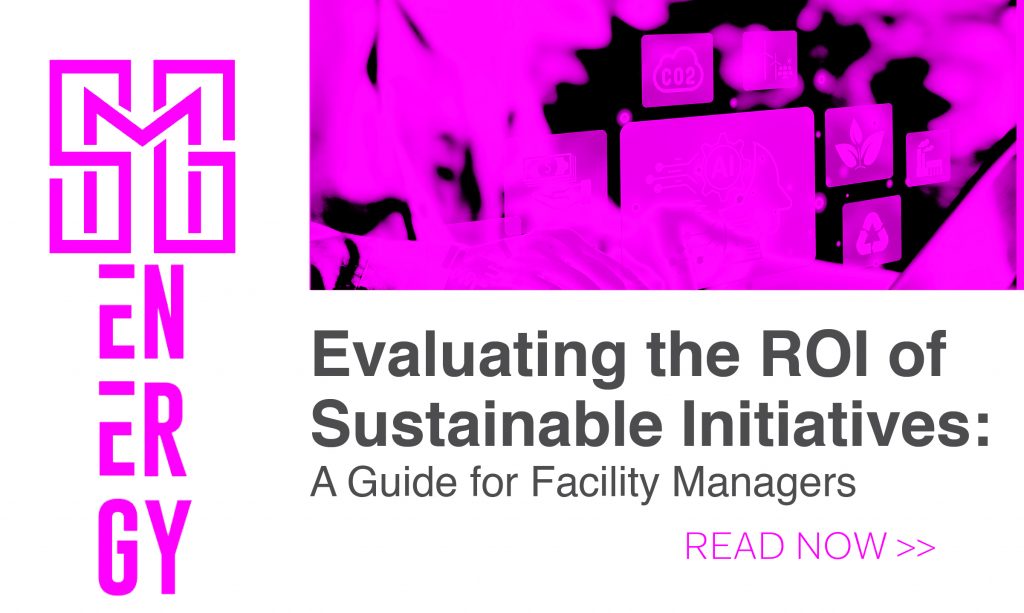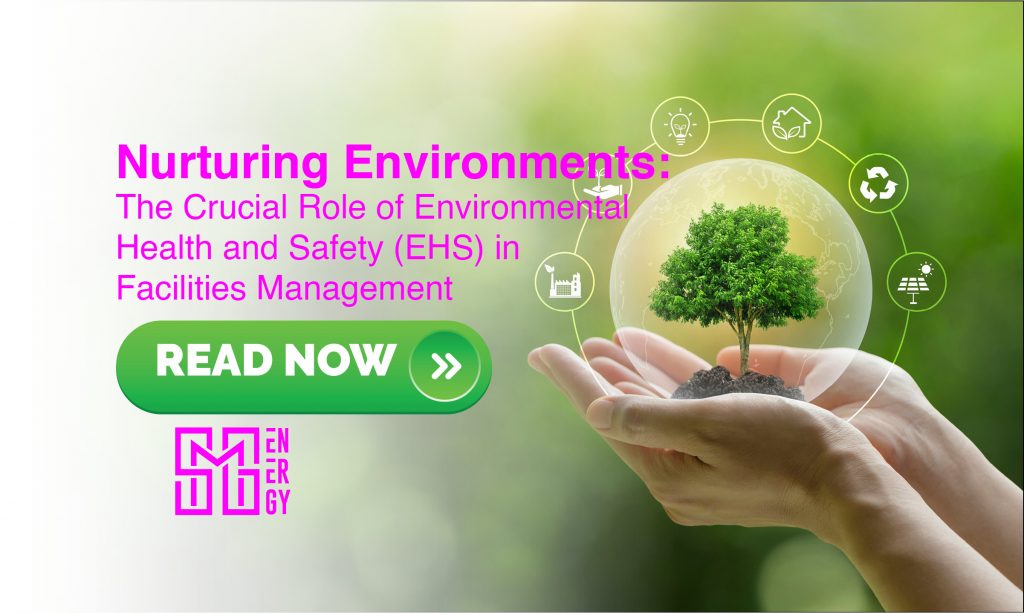In its simplest terms, energy management is the proactive approach of tracking energy use, identifying areas where usage can be reduced, and putting in place policies to curb consumption in those areas. It involves collecting and analyzing continuous data, optimizing the equipment to improve energy efficiency.
Changes can be big or small, but all of them can help conserve energy. By establishing effective energy management goals, managers and team members can work together to keep abreast of what changes need to be made and who can take the lead on accomplishing them. Making these types of conservation moves is proving even more important with the way energy prices are rising these days.
In addition to those cost savings, energy management can provide numerous other benefits:
- Improved performance of your facilities and equipment.
- The reduction of carbon emissions and your company’s footprint on the environment.
- Being able to have more control over energy consumption can be useful because your company has more resiliency if energy prices shoot skyward because you are needing less from the overall power grid.
- Your company’s “green” image is raised because partners, clients, and customers are seeing what you are trying to do to help planet sustainability.
This blog will provide you with a step-by-step look at how to create your energy management goals, how to keep track of your goals and usage, and how to make alterations that will help you continue to save energy in the future.
Step 1: Understand Your Energy Usage
It may seem obvious, but you can’t really have a grasp on how energy can be saved until you know where and how you are wasting energy. That starts by knowing your baseline energy usage. To find the baseline energy usage, you need a historical viewpoint. That means looking at your utility usage data over the last 12 months or more. From that, baseline energy usage can be determined, which will then be used to determine how an energy management system can most efficiently lower consumption, i.e., where there might be anomalies, equipment malfunctions, or patterns of unnecessary usage. Then, facilities managers can use benchmarking to rate sites in relation to industry averages to gain further insights on areas to improve.
There are a host of ways and places where you can start, whether your baseline energy usage is available or not:
- Installing a programmable or “smart” thermostat lets you choose a set temperature during business hours and then switch to a different temperature when everyone has left the building. Adjustments can also be made during the winter and summer months.
- Air compressors can also make a difference. A newer system allows for the drive motor, which is the main part of the air compressor that uses electricity, to work at variable frequencies. That means the drive motor only needs to run at the necessary speed to induce the needed airflow. That can significantly decrease electricity use.
- Upgrading water heaters can be an excellent way to reduce energy consumption as most new models are more energy efficient.
- Putting in motion-sensitive light switches can be effective as well. Dimmer switches are an energy-saving option that requires very little work. Most can be swapped out directly with the existing switches and will ensure that the lights are only on when your commercial space is occupied.
Step 2: Set Realistic & Achievable Goals
The key to a goal is to provide something to strive for that will improve whatever you are doing. But the other key to a goal is that the something you are striving for isn’t beyond the capabilities of those striving to reach it. That means energy management goals should be realistic and achievable, and they need guidelines that encompass the project’s scope. There are many ways that scope can be determined — at the corporate level or site level, by equipment, by processes, or by time period. They can be combined to give managers a path to deciding on short- and long-term goals that can realistically be reached and make an impact on the company’s bottom line. Goals can be broken down into three different approaches:
- Reducing use by improving efficiency: This concerns finding ways to optimize processes and upgrade or replace equipment with more energy-efficient versions. Just shutting down equipment can also help conserve energy, as can using eco-friendly technology.
- Altering use time: This includes running equipment during non-peak times — this can mean during the day but also seasonally when the pricing of energy is normally higher — or adjusting the use of energy when there is no one in the building. Also, there is the possibility of using batteries to store energy during non-peak times for use during peak times.
- Future usage: Companies that focus on forecasting energy use can project what might be the best energy choices for the short- and long-term future. Using analysis from the energy market can tip off companies on how to save more. For example, those decisions can be running a full energy audit or saving money to replace insulation.
Step 3: Monitor and Measure Progress
Now that the energy management goals have been determined and a plan has been put into place, the next step is to see what implementations are successful and which areas still need improvement. This will require reviewing the energy bills prior to and after the implementations have been made. Let’s take a look at three possible approaches that can be used when assessing energy efficiency:
- Measure energy usage on the whole before and after upgrades are installed. You can do this by tracking energy bills for the entire facility and then reviewing the expected reduction in energy usage and costs after the upgrade is installed.
- When checking on individual upgrades that have been made, you can conduct field measurements or estimates. For example, when a piece of equipment is replaced with a newer, more energy-efficient version, you can not only measure whether it is working better but also if it is attaining the levels of efficiency listed in the manufacturer’s guidelines.
- In some cases, examining an individual upgrade can also be measured by how it has affected the entire system. An excellent example of that would be if you install a more efficient, automated lighting system. There is energy being saved by not running the lights when they are not needed, but there is also the energy that can be conserved by the heating and cooling system because the new lighting system produces less heat. This gives you two areas to monitor — individual upgrade savings and potential system-interaction savings.
Step 4: Adjust Goals as Needed
The hope is that all of the goals of an energy management plan are reached or surpassed with the changes that were made. But the reality is that sometimes when the monitoring and measuring are done they show that a change has not been successful or has caused another concern. That means there needs to be a second look at the concern and a discussion about what might be a better plan of attack. Here are a couple of ways to approach making changes:
- Replacing equipment: In some cases, the answer might be that more is needed to have an impact, or greater impact, on energy efficiency. Perhaps more drastic measures are needed, such as replacing a piece of equipment instead of trying to keep it working at its optimum.
- Adding other devices: Another case might be that system needs to be done on a much grander level. An example might be that the motion-sensitive lighting you put in did help with energy efficiency but you need to switch the lights to LED bulbs to really make the bigger impact you were planning for.
- Reassess your goal: Maybe in one instance of your plan, the expectations for energy savings were too high. There is nothing wrong with changing the level of a goal, as long as the effort is still being made to conserve as much energy as possible.
To Reach Your Goals, Team Up with SMG Energy
To have effective energy management goals, you first need to gather, analyze, and comprehend the data. After generating goals that should be realistic and achievable, you can go about building a plan of what changes are needed to reach those goals. After the implementation of those changes, you’ll need to monitor and measure how effective those implementations have been — are they saving the energy you expected them to save? If they are doing that, then you can focus on other possible changes. If they are not doing that, you must either adjust the goal or adjust the way you go about reaching that goal.
If those goals and implementations are making it hard to focus on the other parts of the business, let SMG Energy help you develop and reach those goals. SMG Energy, which is a energy consultancy that specializes in providing multisite businesses with customized energy and sustainability solutions, has plenty of experts to help you make a smoother transition to a more energy-efficient company. To learn more about us and get a free energy assessment, visit our website.





